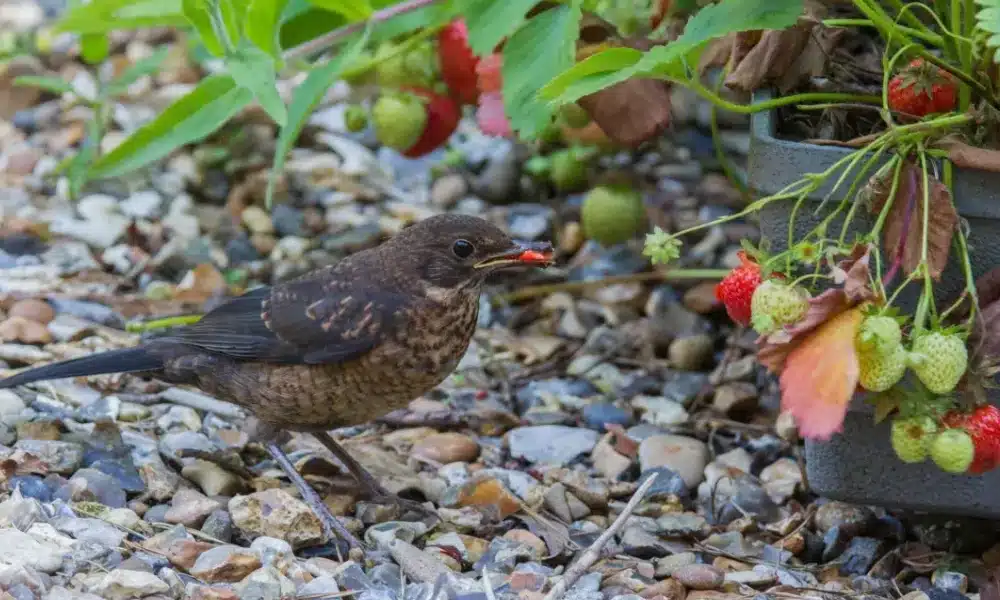With the arrival of strawberry season, many unwelcome “guests” come to your strawberry garden to steal your hard-grown fruits. Sometimes, these invasions can result in significant crop losses. Although we have previously discussed strategies for protecting other fruit trees like blueberries and cherries, strawberries require specific protection measures. Today, we’ll share effective methods to help orchard owners and farmers protect their strawberries from birds.
This article aims to provide bird-proofing solutions for strawberries, helping you minimize bird damage. Here are 10 targeted protection measures we’ve summarized for you.
How to Protect Strawberries from Birds
In this chapter, we present 10 methods to protect strawberries from birds, hoping they will be helpful to you.
1. Build a “House” for Them
In home gardens, one simple way to protect strawberries from birds is to build a small “house” for them, which is essentially a portable greenhouse. These greenhouses are usually made from lightweight polyethylene (PE) plastic, though high-end versions use glass or polycarbonate (PC). Portable greenhouses are affordable (costing around $50 to $150 for PE versions) and easy to install, fitting both indoor and outdoor spaces. They keep birds out and provide wind, rain, and UV protection, making them ideal for home use.
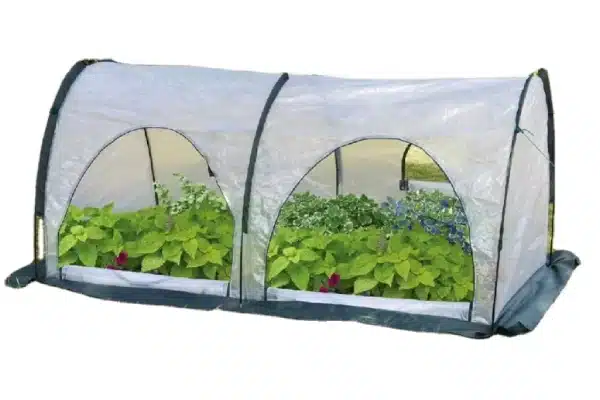
Protect strawberries using portable greenhouse
2. Bird Netting
Bird netting is widely used in commercial vineyards and is an economical and effective method to protect strawberries from birds. First, set up a fence around the strawberry plants and then cover it with bird netting, ensuring the edges are securely tied to the fence. Besides traditional square or rectangular layouts, you can use wooden or metal arched frames for aesthetic appeal and added stability. Choose netting with small holes to prevent birds from getting through and ensure it is durable and UV-resistant. Ensure the netting extends to the ground and is secured with stones or stakes to prevent wind from lifting it and allowing birds to enter from underneath.
Don’t Miss: How to Choose Bird Nets for Fruit Trees
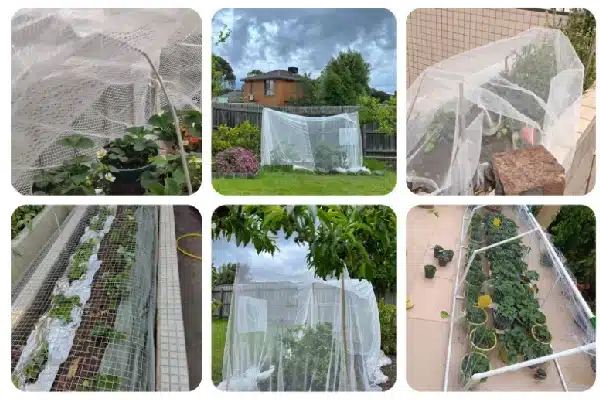
Various Bird Net Structures
3. Bell-shaped Covers or Cage
Bell-shaped covers, screens, or cages are another effective tool for protecting strawberries. These covers, made from wire or plastic, act as small greenhouses or bell jars. They cover individual strawberry plants or small areas, creating a physical barrier to prevent birds from reaching the fruit. These covers prevent bird damage and protect strawberries from wind and intense sunlight. Simply place the covers over the plants – no complex securing measures are needed. It’s a convenient and visually appealing choice.
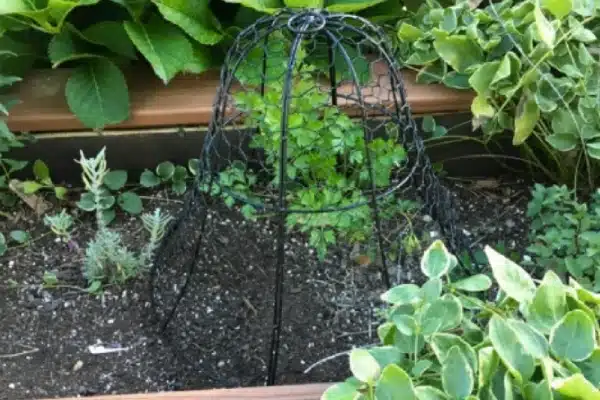
Bell-Shaped Cage
4. Berry Cages
Berry cages are protective structures designed for berry plants and are popular among gardeners. Made from metal or sturdy plastic mesh, they encase the entire plant or area, forming a solid barrier against birds and other wildlife. They are tall enough to allow plant growth and provide easy access for picking and maintenance. Installation and movement of these cages are relatively simple, making them an ideal choice for protecting ripe strawberries from damage.
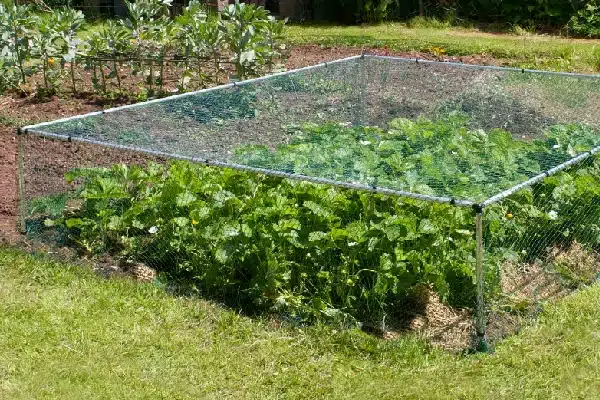
Fruit Cage
5. Decoy Predators
Placing realistic predator models in your garden, such as fake snakes or owls, is a common strategy to deter birds. Initially, these models are effective, but birds may soon realize they are harmless if left unchanged. To maintain their effectiveness, regularly change the location and type of models or use movable predator models to extend the deterrent effect and protect your strawberries.
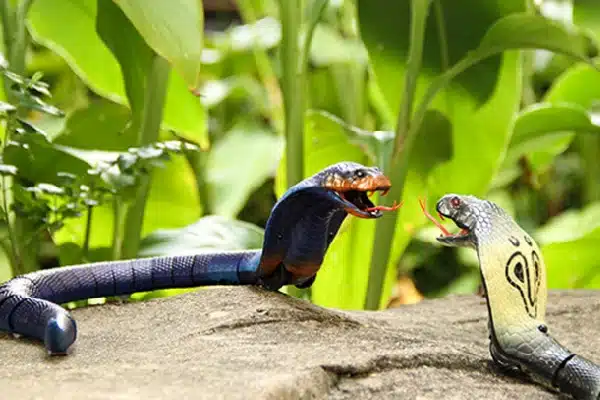
Fake snake to scare the birds
6. Ground Reflectors
Ground reflectors are effective in protecting strawberries by stimulating birds’ vision. Like reflective strips, they reflect sunlight, creating glare and moving light spots that make birds uneasy and deter them from approaching the strawberry area. Besides deterring birds, these reflectors can indirectly promote strawberry growth by increasing the light intensity around the plants. However, remember to regularly change the position of the reflectors to prevent birds from getting used to the optical stimulus.
7. Fake Strawberries
Another unique method to deter birds is to scatter realistic-looking fake strawberry rocks around your strawberry field. These fake strawberries look similar to real ones, but birds become confused and disappointed when they try to peck at these hard stones. This reduces their interest in your strawberry field before the real strawberries ripen, reducing their visits.
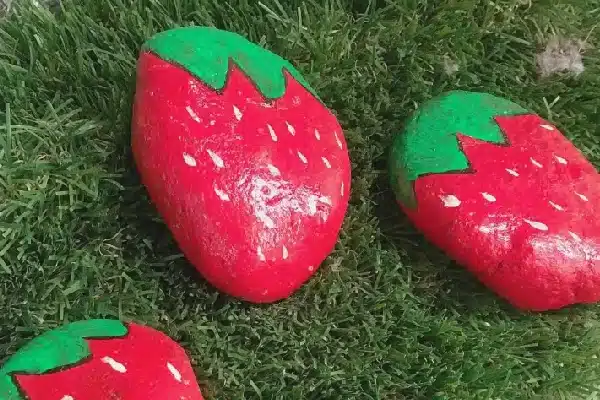
Fake Strawberries
8. Plant White Strawberries
Planting white strawberries cleverly reduces birds’ interest in the sweet, vibrant red strawberries. Birds are usually attracted to bright red colors and may not notice white strawberries, thinking they are unripe or inedible. However, this strategy is not foolproof, especially with curious or exploratory birds. It is best to combine it with other protection measures for maximum effectiveness.
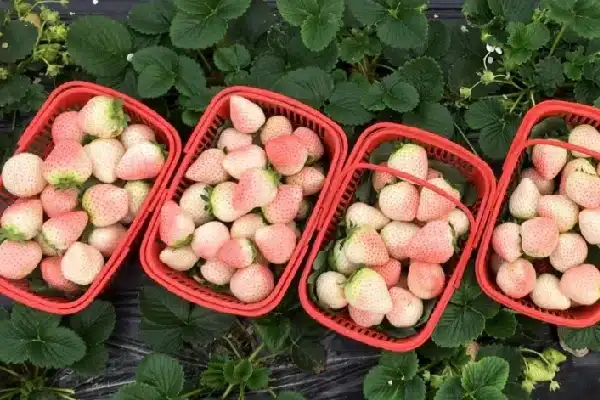
White Strawberries
9. Smoke and Water Sprays
Releasing smoke in the orchard or at the edges is a traditional bird deterrent method but can effectively prevent and disperse pest birds. When using smoke, keep it away from fruit trees to avoid burning leaves or harming the trees. If your strawberry field has irrigation lines, you can combine irrigation with “evening spray” for bird deterrence.

A traditional method of using smoke to deter birds
10. Manual Bird Scaring
This method is labor-intensive but effective. Birds usually forage in the morning and evening. You can arrive at the orchard before then to scare the birds away. After 15 minutes, check and scare the birds again, usually repeating this 3-5 times per session. In areas with frequent bird problems, keeping extra leaves to cover the fruit clusters and maintaining the orchard’s cleanliness can also significantly reduce bird damage.
Conclusion
In conclusion, while we have discussed ten common methods to protect strawberries from bird pecking, each method has specific advantages and limitations. Practice shows that no single method can completely solve bird problems. Therefore, it is recommended to adopt multiple complementary strategies to protect your strawberries and ensure their healthy growth. We hope this article helps you protect your strawberry garden from birds.
